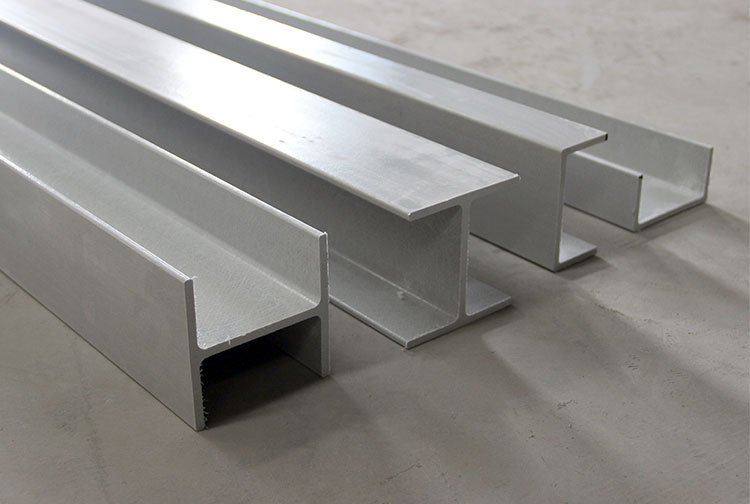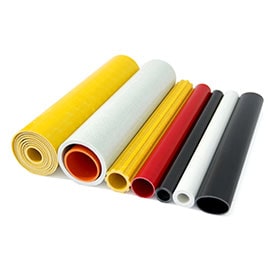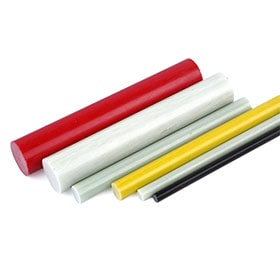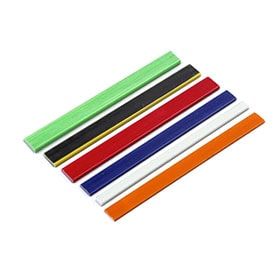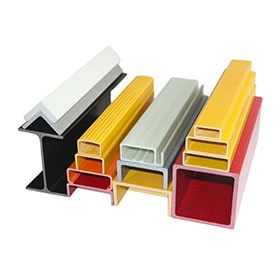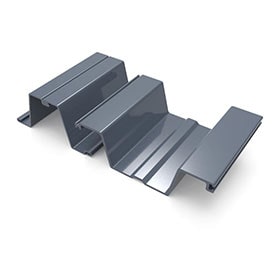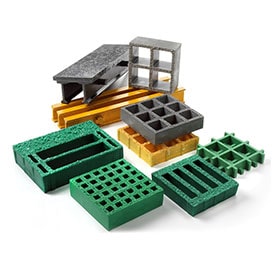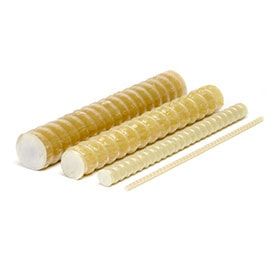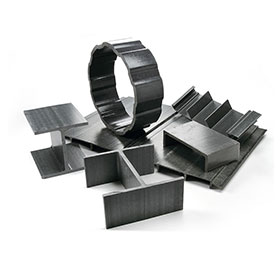Introduction
Fiberglass flange beams (FRP beams) are increasingly replacing traditional steel beams in modern construction projects. These composite beams combine high-strength fibers and polymer resins to deliver superior corrosion resistance, lower weight, and comparable load-bearing performance. They are particularly suitable for marine, chemical, and infrastructure projects requiring durability and sustainability.
Corrosion Resistance: A Critical Advantage
Corrosion is one of the major limitations of steel in harsh environments. Fiberglass flange beams, on the other hand, are inherently resistant to water, salt, and most chemicals, requiring minimal maintenance over their lifecycle.
| Material | Exposure to Moisture | Exposure to Salt/Chlorides | Exposure to Chemicals | Maintenance Frequency |
|---|---|---|---|---|
| Steel Beam | High risk of rust | Severe corrosion over time | Moderate to high risk | Every 1-2 years (coating required) |
| Fiberglass Flange Beam | Resistant | Highly resistant | Resistant to most chemicals | Minimal; periodic inspection only |
Weight Efficiency and Handling
Fiberglass beams are significantly lighter than steel, which reduces transportation costs, simplifies installation, and decreases structural load on foundations. This advantage also allows for manual handling on-site in many cases, improving safety and efficiency.
| Material | Weight per Meter (kg) | Installation Method | Cost Impact |
|---|---|---|---|
| Steel Beam | 50–70 | Cranes required | Higher due to labor and equipment |
| Fiberglass Flange Beam | 15–25 | Manual or light machinery | Lower due to simplified logistics |
Structural Performance: Strength and Flexibility
Fiberglass flange beams offer high tensile strength and can be engineered to meet project-specific load requirements. Unlike steel, FRP beams have a lower modulus of elasticity but higher strength-to-weight ratio, which makes them ideal for long spans and dynamic loads.
| Property | Steel Beam | Fiberglass Flange Beam |
|---|---|---|
| Tensile Strength (MPa) | 400–550 | 600–800 |
| Modulus of Elasticity (GPa) | 200 | 40–50 |
| Density (kg/m³) | 7850 | 1800–2000 |
| Durability in Corrosive Environments | Moderate, requires coating | Excellent, no coating needed |
Application Case Studies
The following table highlights real-world applications of fiberglass flange beams:
| Project | Location | Material Used | Benefits Achieved |
|---|---|---|---|
| Coastal Bridge Deck | Florida, USA | Fiberglass Flange Beams | Reduced maintenance, corrosion-resistant, lightweight |
| Marine Pier Walkway | Shanghai, China | Fiberglass Flange Beams | Fast installation, low weight, long service life |
| Chemical Plant Walkways | Germany | Fiberglass Flange Beams | Resistant to harsh chemicals, improved safety |
Conclusion
Fiberglass flange beams provide a superior alternative to steel beams in terms of corrosion resistance, weight efficiency, and long-term structural performance. They are increasingly adopted in marine, industrial, and sustainable construction projects. By choosing fiberglass beams, engineers and contractors can reduce maintenance costs, improve safety, and meet modern construction demands effectively.
Contact FRPZS
For inquiries about fiberglass flange beams and our full range of FRP products, please contact us:
- Email: Jessica@frpzs.com
- WhatsApp: +8615303735673
- Website: www.frpzs.com
 +86 15303735673
+86 15303735673 Jessica@frpzs.com
Jessica@frpzs.com
 Technical Data
Technical Data


